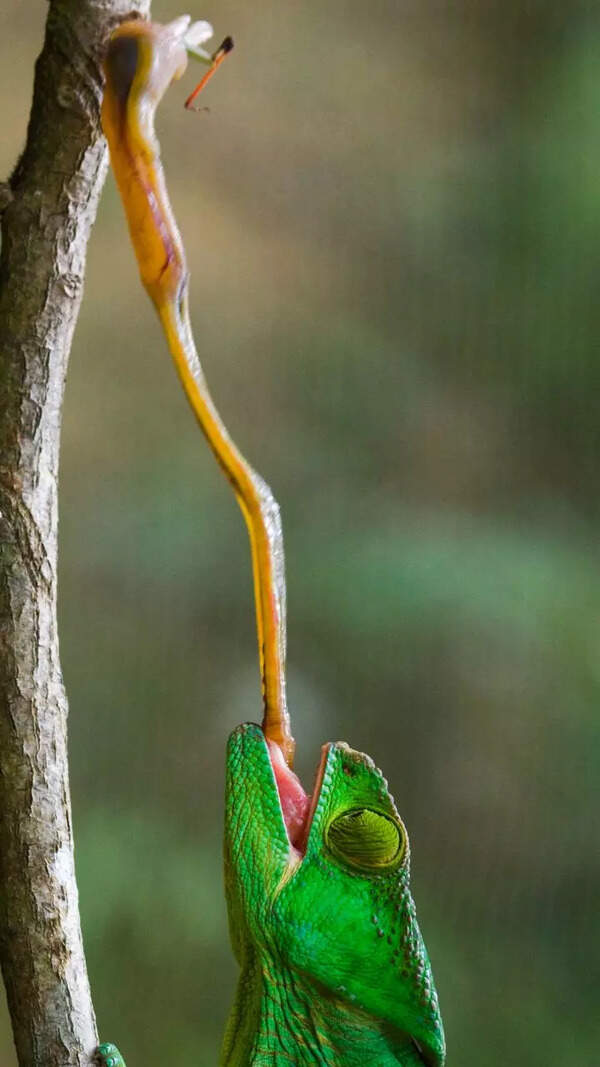Trending
NASA's artificial star all set to unravel mysteries of the Universe
NASA plans to launch an artificial star into space by 2029 for better telescope calibration and precise measurement of stellar brightness. The $19.5 million mission, led by George Mason University, seeks to enhance our understanding of the universe's expansion and stellar properties, potentially transforming astronomical observations.

Representative Image: Artficial Star in space (Generated with Canva)
NASA is launching an artificial star into space to aid scientists in answering some of the universe's most profound mysteries. Led by researchers at George Mason University, the $19.5 million mission will enable scientists to calibrate telescopes and measure the brightness of stars much more precisely--stars ranging from those nearby to distant supernovae in far-off galaxies.
The mission will answer some of the key astrophysical questions, like the rate of, and acceleration of, the expansion of the universe. Named after astronomer Arlo Landolt, who led stellar brightness catalogs from the 1970s to the 1990s, the mission will deploy an artificial light source into space by 2029. This artificial star, with its precisely known photon emission rate, will be concurrently observed with stars, enabling the researchers to create new stellar brightness catalogs.
The satellite, with eight lasers on it, will transmit beams to ground-based telescopes to enhance calibration. This artificial star cannot be seen by the human eye but can be viewed through a private telescope. Its function is essentially to increase the precision of measurements of objects using telescopes through a continuously available reference. By illuminating its lasers on the telescopes, it will help astronomers sharpen their instruments toward more reliable data collection. This will ensure that the telescopes can acquire higher accuracy in their observations and a deeper understanding of the universe.
Orbiting 22,236 miles above Earth, the artificial star will appear as a fixed point to telescopes, matching Earth’s rotational speed and remaining stationary over the U.S. during its first year in space. The National Institute of Standards and Technology (NIST) is developing the satellite’s payload, which will be about the size of a breadbox.
Scientists believe that the results will come forth to change everything they know today regarding the process of stellar evolution, confirm the habitable zones around exoplanets, and improve measurements of dark energy-containing ideas that may produce future discoveries.
The mission will answer some of the key astrophysical questions, like the rate of, and acceleration of, the expansion of the universe. Named after astronomer Arlo Landolt, who led stellar brightness catalogs from the 1970s to the 1990s, the mission will deploy an artificial light source into space by 2029. This artificial star, with its precisely known photon emission rate, will be concurrently observed with stars, enabling the researchers to create new stellar brightness catalogs.
The satellite, with eight lasers on it, will transmit beams to ground-based telescopes to enhance calibration. This artificial star cannot be seen by the human eye but can be viewed through a private telescope. Its function is essentially to increase the precision of measurements of objects using telescopes through a continuously available reference. By illuminating its lasers on the telescopes, it will help astronomers sharpen their instruments toward more reliable data collection. This will ensure that the telescopes can acquire higher accuracy in their observations and a deeper understanding of the universe.
"This mission focuses on measuring fundamental properties essential to astronomical observations," said Eliad Peretz, NASA Goddard mission and instrument scientist, and deputy principal investigator of the mission. "It may change the way we understand the properties of stars, their surface temperatures, and the habitability of exoplanets."
Orbiting 22,236 miles above Earth, the artificial star will appear as a fixed point to telescopes, matching Earth’s rotational speed and remaining stationary over the U.S. during its first year in space. The National Institute of Standards and Technology (NIST) is developing the satellite’s payload, which will be about the size of a breadbox.
Scientists believe that the results will come forth to change everything they know today regarding the process of stellar evolution, confirm the habitable zones around exoplanets, and improve measurements of dark energy-containing ideas that may produce future discoveries.
End of Article
FOLLOW US ON SOCIAL MEDIA










